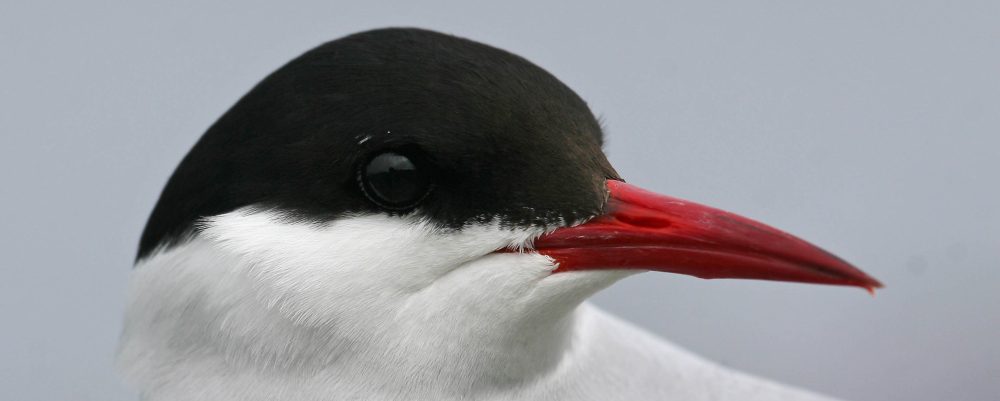I made a prediction in July. I foresaw that within 5 years we would be watching a Humpback Whale off the Norfolk coastline. Having committed this to print in the latest Norfolk Bird and Mammal Report I was relived yesterday morning when Ryan Irvine called me to say he’d seen one off Hemsby. A first for Norfolk and four and a half years to spare! Good on ye Ryan.
It was later seen further north. I couldn’t make it there yesterday but did make it today and amazingly it was still offshore. Although distant it appeared to be breathing quite well and also feeding accompanied by a flock of diving Gannet.
It was as I was about to move on I noticed the whale had covered an inordinately large distance in a very short time. This of course is possible. They can move quickly. My mind momentarily slipped to asking … ‘could there be two?’ but I dismissed the thought. How ridiculous would that be! I mean two Humpbacks off norfolk … laughable.
Looking at the photos this evening some I’ve taken seen to show classic Humpback features of a lumpy fin with a bushy blow. Some even show the splashguard despite the animal being two to three miles distant. However several shots show some extensive white scaring/calcareous growth on the dorsal fin. This leads me to think I may have been right. There are perhaps two animals.
Most humpbacks are identifiable by the pattern on the underside of their tail flukes; it’s like a fingerprint. Any large whale off Norfolk is unlikely to show its tail flukes often, if at all. The water is not deep enough here for a full dive which is when a whale would show the underside of the tail as it ‘handstands’ prior to submerging.
The scaring on fins is also known to be useful in identifying Humpbacks. Indeed the first Humpback to be named is called ‘Salt’ and is so named because of her white dorsal fin. She returns each summer to the Stellwagen Bank off Massachusetts.
If there are two whales off Norfolk and one has a white fin marking I wonder if we can identify it to an individual?
Please bear in mind how distant the whale(s) were when looking at the photos.
No white on dorsal fin
No white on dorsal fin
Two points of white on dorsal fin
… and likewise
As an example of white markings on dorsal fins, here’s a photo I took several years ago of ‘Salt’




















